Special ‘skinny genes’ linked to weight loss
On Oct. 8, 2024, a team of University of Essex researchers found that the secret to losing weight…

On Oct. 8, 2024, a team of University of Essex researchers found that the secret to losing weight…
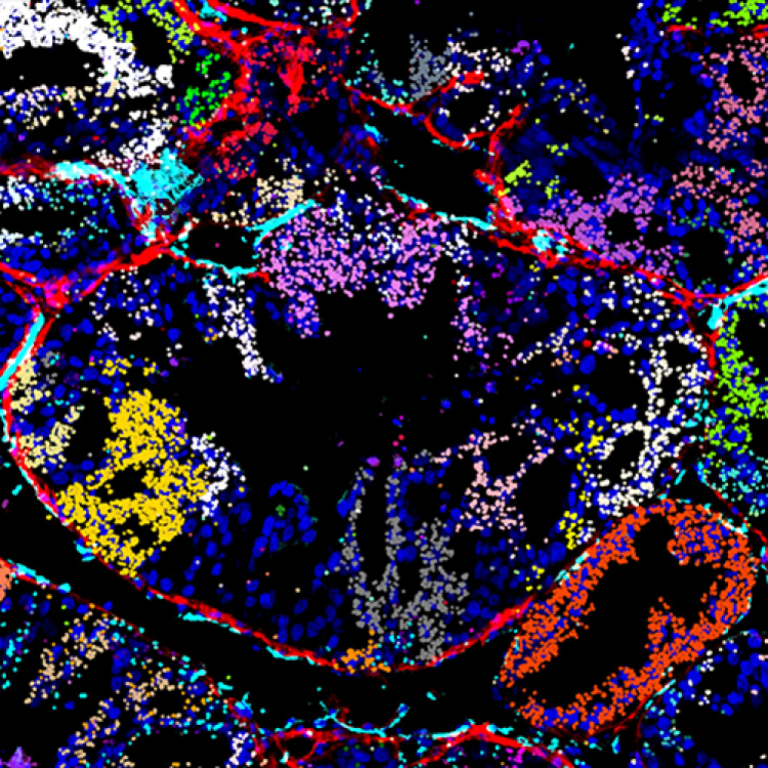
On Oct. 7, 2024, Columbia University researchers announced they had developed a new optical pooled screening approach called…

On Oct. 3, 2024, the National Health Service England (NHS) announced that Hundreds of babies have begun to…

On Sept. 20, 2024, a study led by researchers from University College London (UCL), King’s College London and…
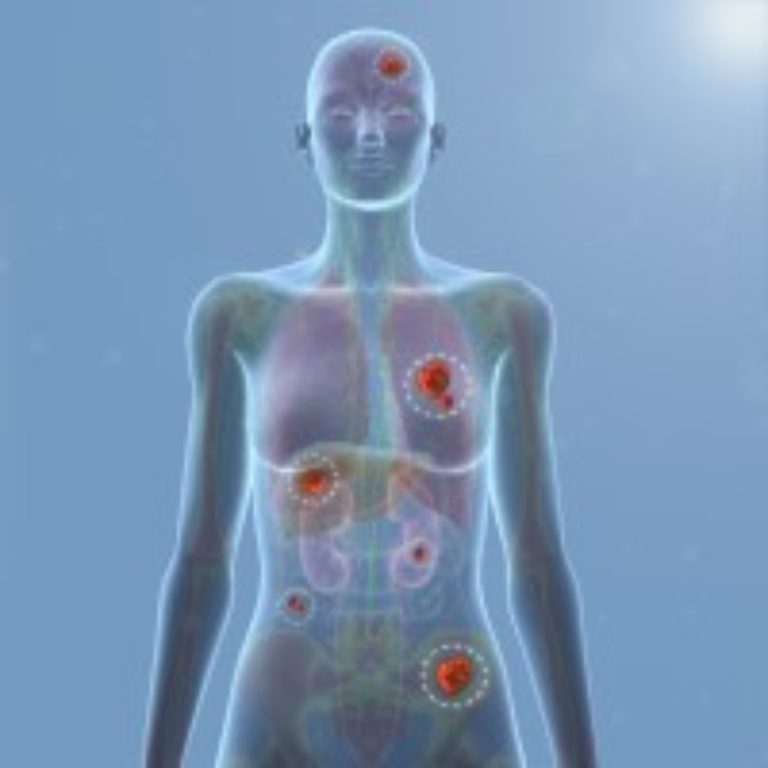
On Sept. 18, 2024, researchers from the Wellcome Sanger Institute and their collaborators reported that they had identified…

On Sep. 4, 2024, an international consortium led by scientists from Uppsala University in Sweden reported that the…
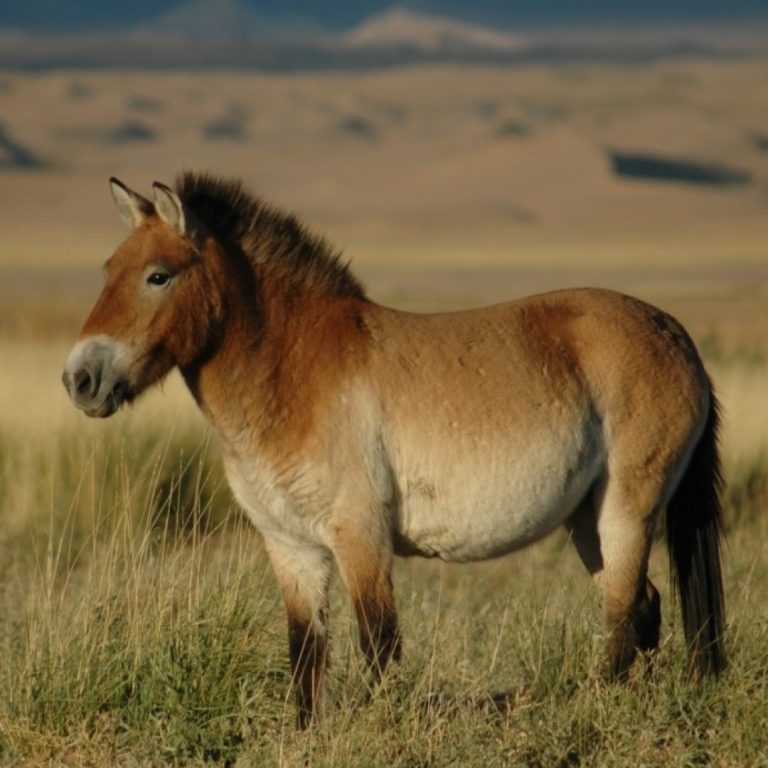
On Jun. 13. 2024, University of Minnesota researchers announced they have successfully mapped the complete genome of the…
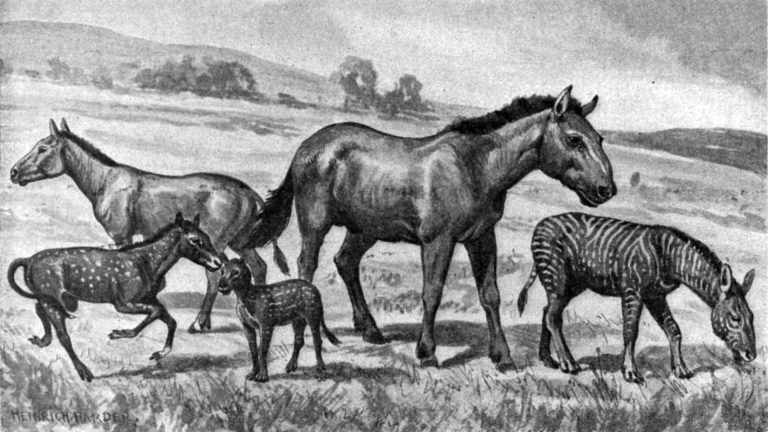
On Jun. 7, 2024, the Institute of Evolutionary Biology in Barcelona announced an analysis of genome data from…

On Apr. 21, 2024, United States Department of Agriculture’s (USDA) APHIS National Veterinary Services Laboratories announced it had…
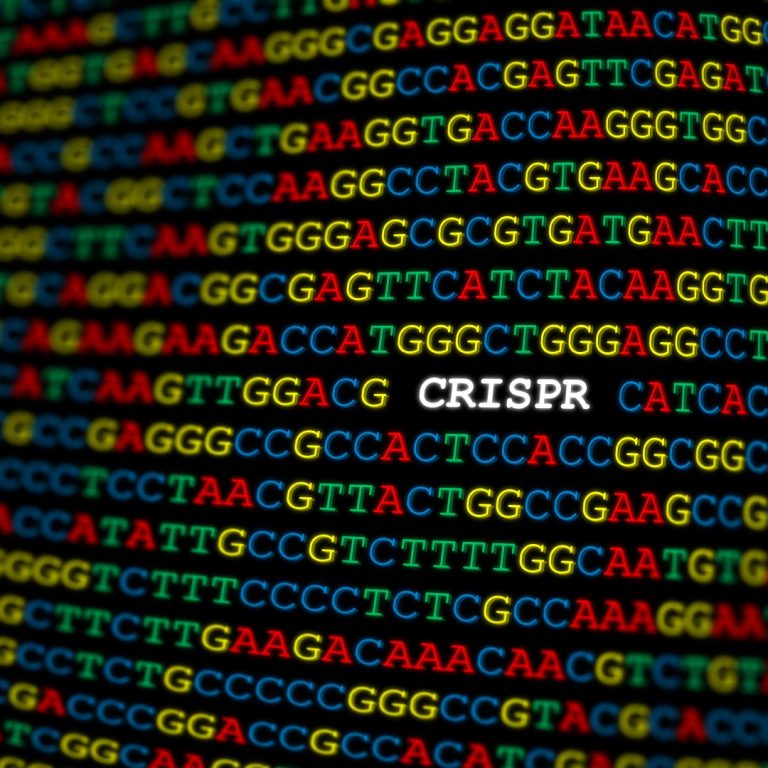
On Dec. 13, 2023, in a study of historic scale, scientists at Gladstone Institutes announced that they had…

On Nov. 30, 2023, in a momentous landmark for medical research, UK Biobank announced that it had unveiled…
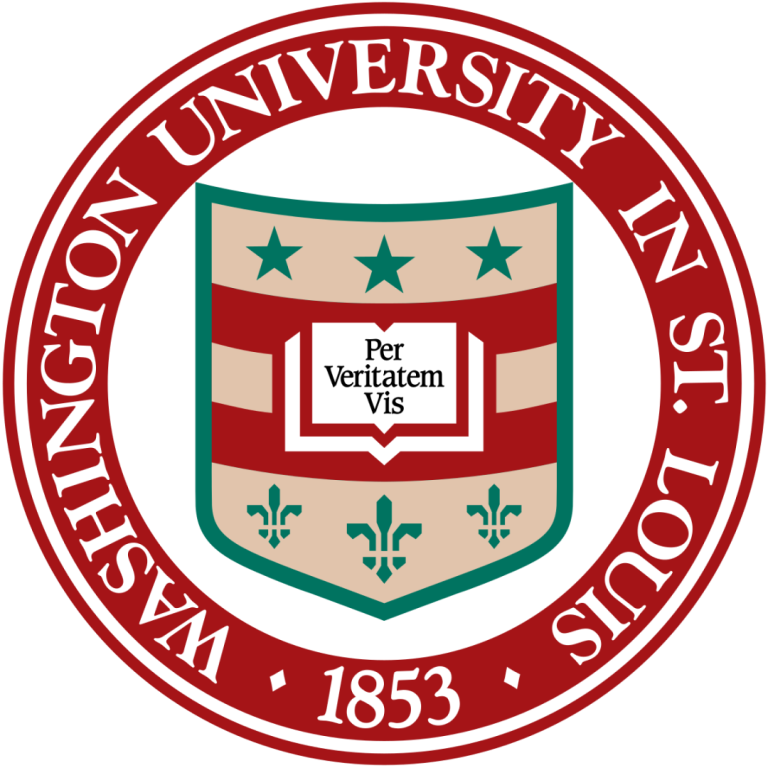
On Aug. 1, 2023, the U.S. Dept of Agriculture (USDA) announced the groundbreaking of a new Plant Sciences…

On Apr. 27, 2023, researchers at Cornell University announced they had used ancient DNA extraction and analysis to…
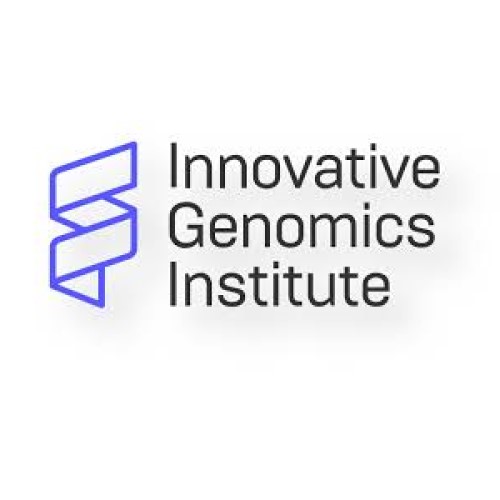
On Apr. 17, 2023, a new initiative led by Jennifer Doudna and Jill Banfield at the Innovative Genomics…
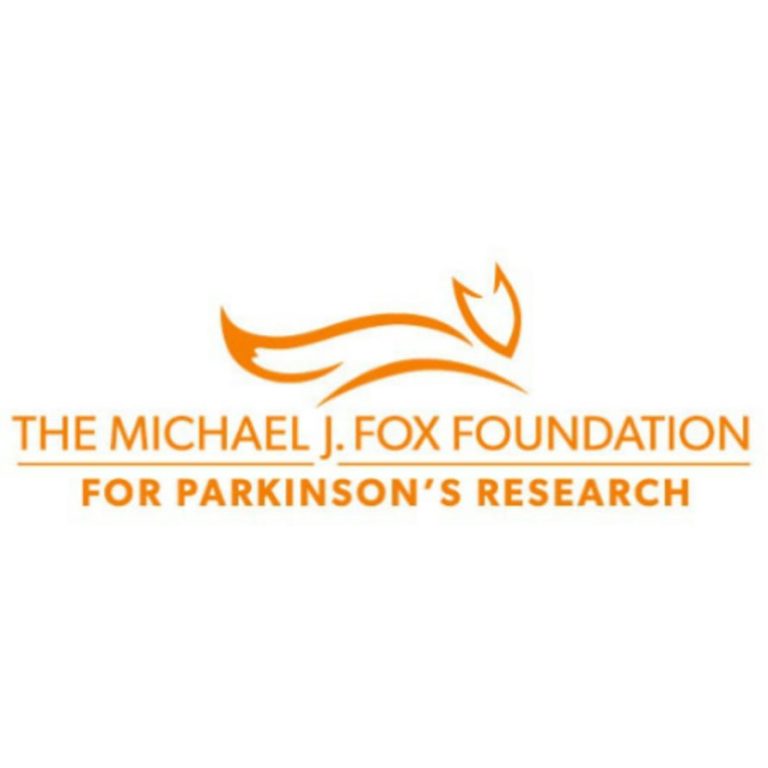
On Apr. 13, 2023, in an enormous leap forward in the understanding of Parkinson’s disease (PD), researchers announced…
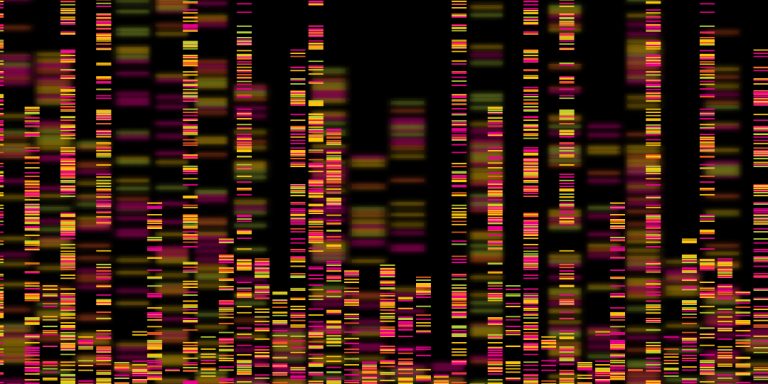
On Sept. 27, 2022, the National Institutes of Health (NIH) announced it had launched a program to better…

On Jun. 7, 2022, Zoetis announced an agreement to acquire Basepaws, a privately held petcare genetics company, which…

On Nov. 16, 2021, Illumina and Genetic Alliance announced the creation of the iHope Genetic Health program aimed…
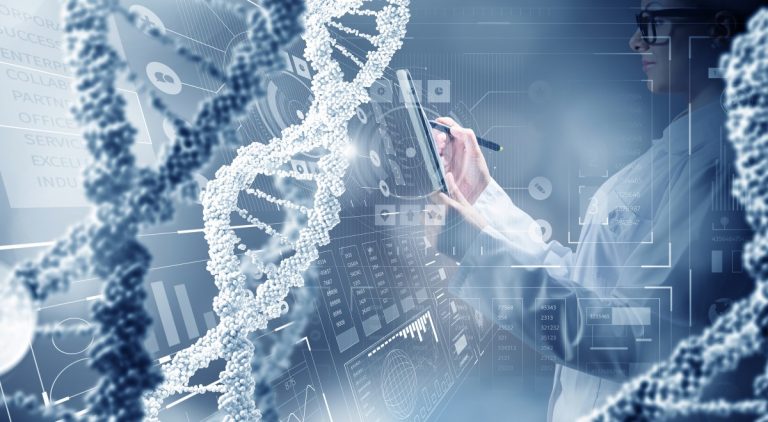
On Sept. 9, 2021, the National Institutes of Health (NIH) announced that it was providing approximately $185 million…
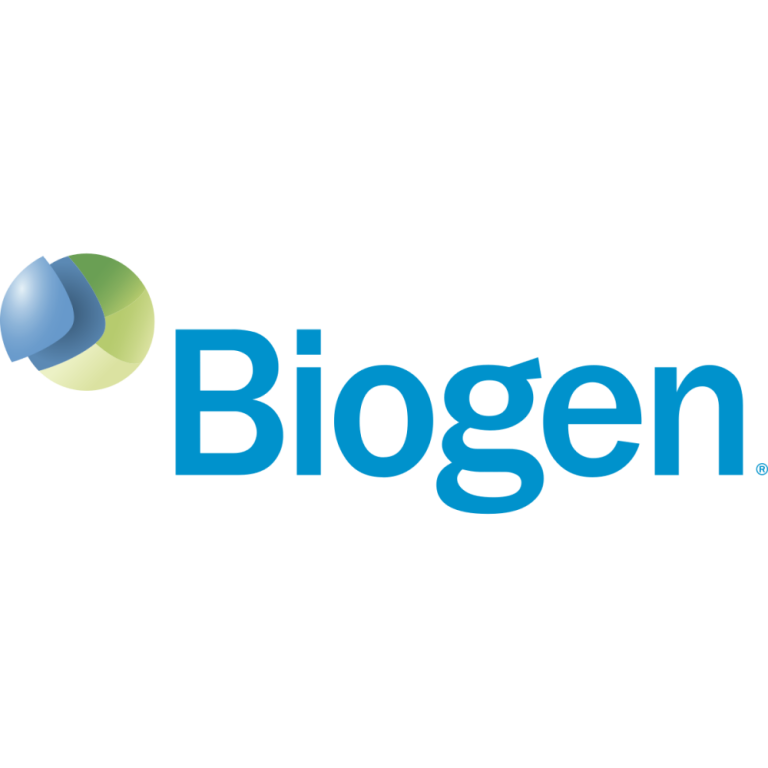
On Jul. 8, 2021, access to the world’s largest browsable resource linking rare protein-coding genetic variants to human…
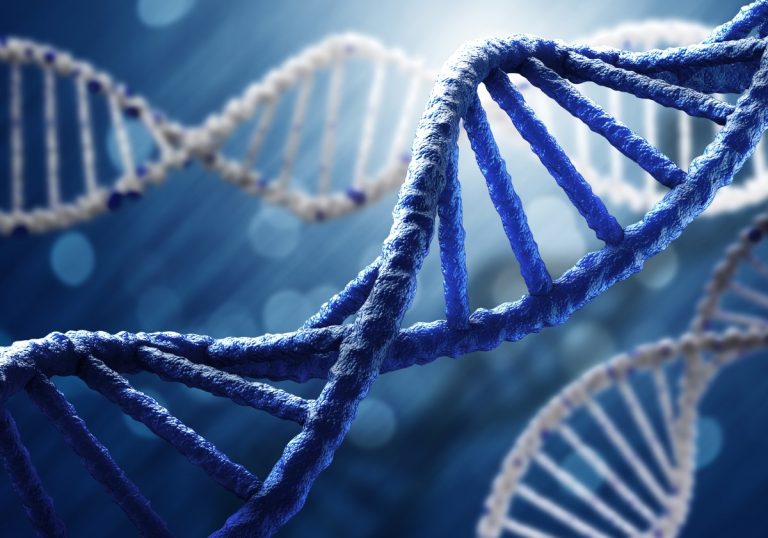
On May 19, 2021, Megan A. Cooper, MD, PhD, an associate professor of pediatrics at Washington University School…
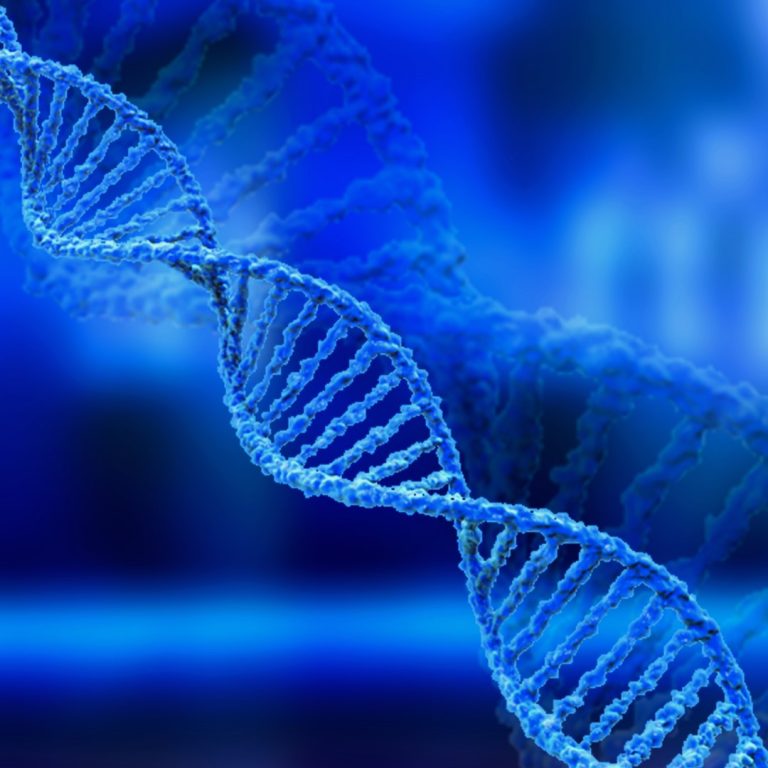
On Apr. 19, 2021, the Mayo Clinic announced a study that bolstered evidence that colorectal cancer is often…

On Jan. 27, 2021, researchers at the Broad Institute of MIT and Harvard, and Massachusetts General Hospital’s Center…

On Jan. 11, 2021, Editas Medicine announced the U.S. Food and Drug Administration (FDA) had cleared the initiation…
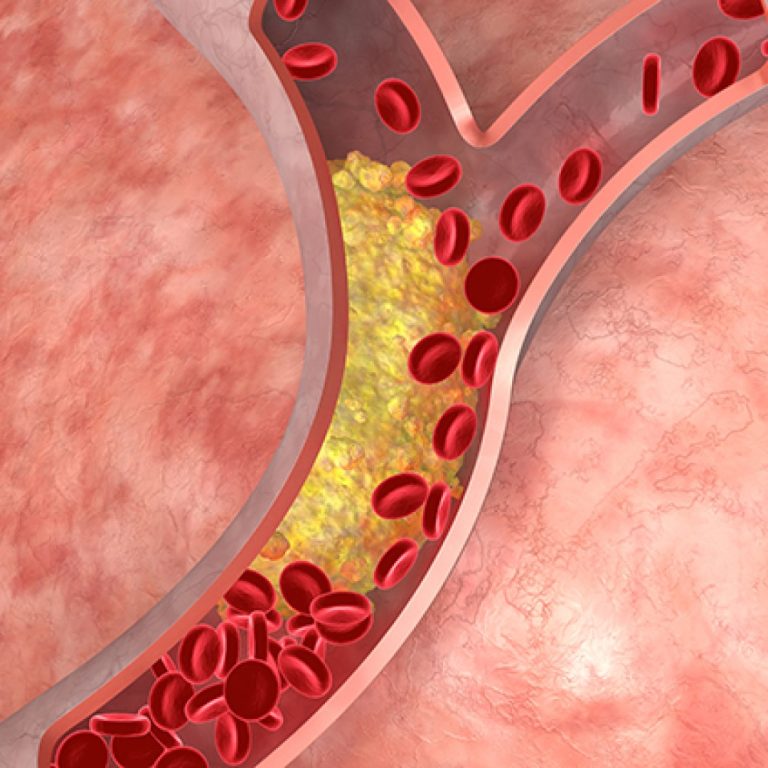
On Oct. 27, 2020, researchers from the National Institutes of Health (NIH) announced they had discovered a new…

On Aug. 6, 2020, the world’s first successfully cloned endangered Przewalski’s horse was born. Revive & Restore, San…

On Jul. 29, 2020, the Encyclopedia of DNA Elements (ENCODE) Project is a worldwide effort to understand how…

On Jun. 8, 2020, researchers at the National Human Genome Research Institute announced they had discovered clues to…

On May 27, 2020, an analyses of the largest publicly available catalog of human genomic data revealed new…

On Feb. 21, 2020, the U.S. Food and Drug Administration (FDA) authorized marketing of the first test to…